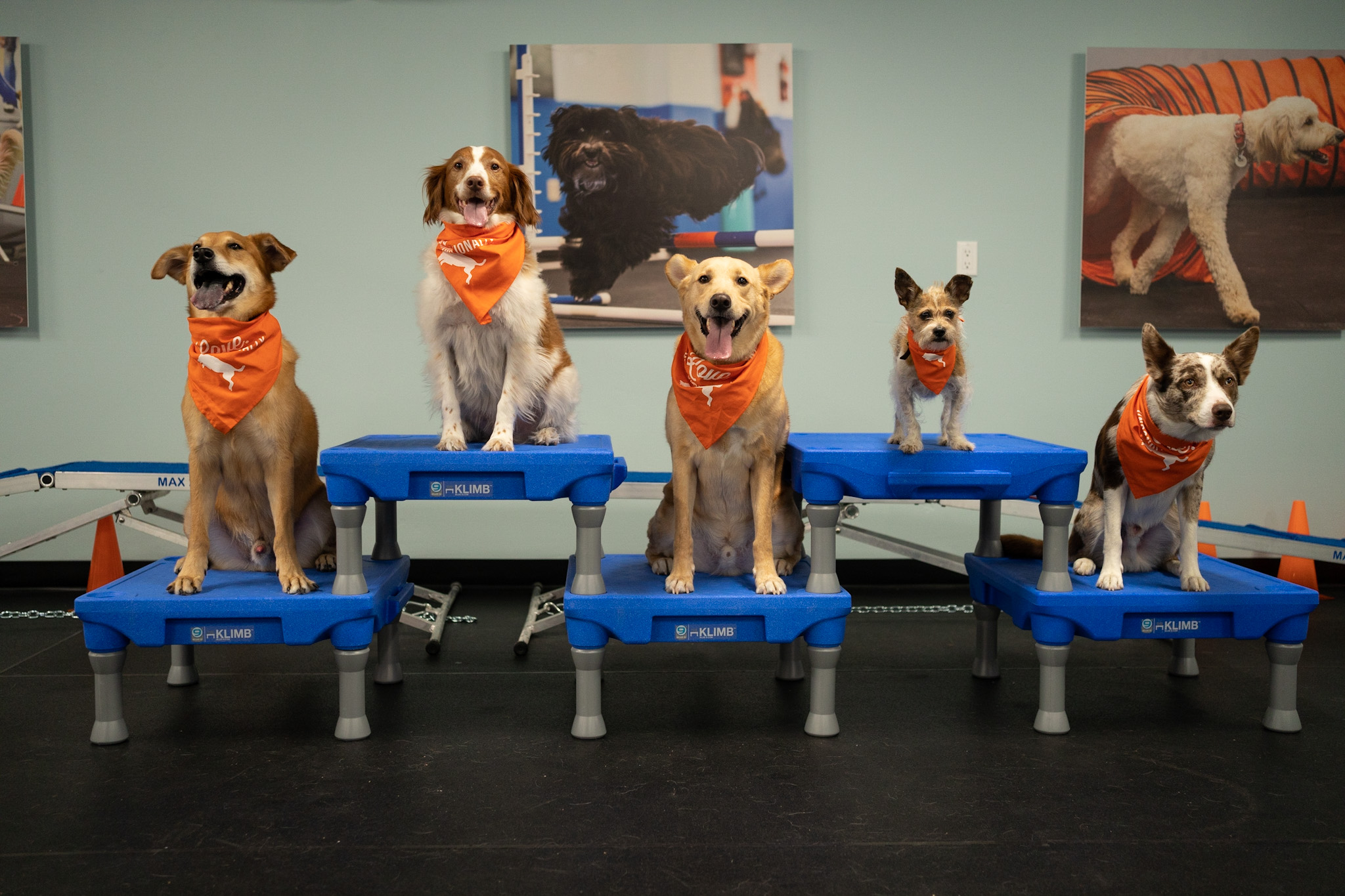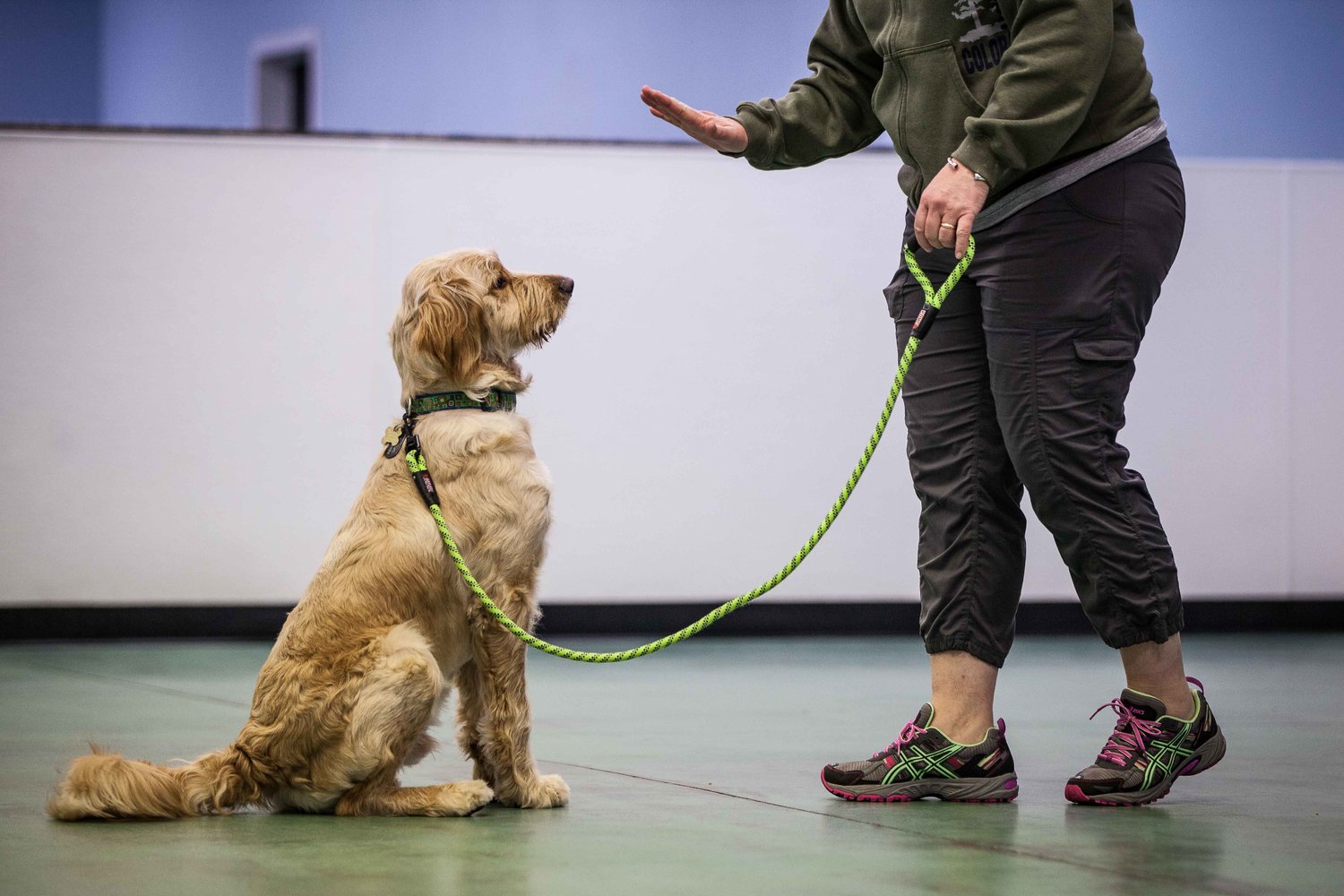Master Dog Training at Home with These Simple Techniques and Tools
Master Dog Training at Home with These Simple Techniques and Tools
Blog Article
Leading Canine Educating Techniques Every Proprietor Must Know

Positive Reinforcement Strategies
Making use of favorable reinforcement strategies is crucial for reliable pet dog training, as it promotes a trusting bond between the trainer and the pet dog. This approach focuses on satisfying desirable behaviors rather than punishing undesirable ones, creating a setting for learning. Rewards can include deals with, praise, or play, which encourage pet dogs to repeat the behaviors that gain them these rewards.

Moreover, this approach boosts the pet dog's interest for training sessions. When pets associate training with positive experiences, they are a lot more involved and responsive. Past immediate actions alteration, positive reinforcement motivates a joint partnership between the canine and trainer, minimizing anxiousness and fear
To maximize effectiveness, it is vital to supply incentives immediately, ensuring the pet dog connects the habits with the reinforcement. Fundamentally, favorable support methods not just generate better-trained canines however also promote a harmonious partnership between canine and proprietor.
Clicker Training Approach
The remote control training technique is a very efficient method that builds on the concepts of favorable support by adding an unique noise to mark preferred behaviors. This technique makes use of a small handheld tool that creates a clicking audio, allowing instructors to connect with their pets in a clear and immediate manner. When a dog executes an actions that the owner desires to urge, the clicker is triggered, complied with by a benefit, normally in the form of deals with or appreciation.
The key to successful remote control training exists in uniformity and timing. It is important to click at the exact minute the wanted behavior happens, making sure that the canine connects the noise with the action and the succeeding benefit. This method not only enhances interaction yet likewise fosters a stronger bond in between the dog and the proprietor, as it urges engagement and communication during training sessions.
Clicker training can be put on a range of behaviors and commands, from standard obedience to a lot more intricate techniques. Its adaptability and performance make it a popular method amongst expert trainers and animal proprietors alike, leading the way for a receptive and well-trained canine buddy.
Chain Training Fundamentals
Efficient chain training is essential for ensuring a secure and satisfying walking experience for both canines and their owners. A level collar may work for some canines, while others may profit from a harness that lowers pulling.
Introduce your pet dog to the chain slowly, home permitting them to discover it in a comfy environment. Practice loose-leash walking once they are accustomed. This involves satisfying your pet for walking close to you instead than pulling in advance. Use treats and praise to strengthen wanted actions, and make sure to remain assertive and tranquil.
If your pet starts to pull, stop walking instantly. Additionally, practice numerous walking environments to help your pet adapt to interruptions.
Regular practice will certainly solidify your pet dog's understanding of chain rules. Bear in mind that chain training is a continuous process; persistence and consistency will yield the very best outcomes, cultivating a positive experience for both you and your canine friend.
Socialization Methods
Socialization is a vital aspect of pet training that must ideally start throughout puppyhood but can be valuable at any type of age. Effective socializing helps dogs create self-confidence and lowers the possibility of behavior concerns. To execute effective socialization approaches, expose your canine to a variety of settings, people, and various other pets.
Beginning with controlled setups, such as pup courses or organized playgroups, where young pet dogs can interact securely. Gradually present your canine to brand-new experiences, including different sounds, surfaces, and tasks. Ensure these encounters are favorable and fulfilling to establish a feeling of safety and security.
For grown-up canines or those doing not have exposure, begin with low-stress scenarios. Short, favorable interactions with friendly humans and calm canines can develop favorable organizations. Utilize treats and appreciation to strengthen preferable actions throughout these experiences.

Consistency and Perseverance
Identifying the significance of consistency and persistence in dog training is crucial for accomplishing lasting outcomes. Inconsistent training can lead to complication, making it tough for the dog to realize commands or habits, eventually preventing development.
Furthermore, persistence is a critical element of reliable training. Canines, like human beings, learn at their very own rate. Some may understand principles quickly, while others may take much longer. It is essential for owners to stay tranquil and encouraging, strengthening favorable behavior without turning to aggravation or punishment. This fosters a trusting relationship between the pet and owner, motivating an extra eager and passionate learner.
To cultivate consistency and patience, establish a regular training routine, make use of the very same commands, and ensure that all member of the family use the exact same training principles - Dog training. By doing so, you produce a stable environment conducive to finding out, permitting your pet dog to establish and thrive into a mannerly buddy
Final Thought
In conclusion, reliable pet training strategies, such as positive reinforcement, you can find out more remote control training, next and correct leash training, are vital for promoting a healthy owner-dog partnership. Furthermore, executing socialization approaches and preserving consistency and perseverance throughout the training procedure contributes significantly to a pet's general well-being. By incorporating these techniques, dog proprietors can help with the growth of well-adjusted, loyal pets, inevitably improving the lifestyle for both the pet dog and the owner.
Amongst the most popular approaches are positive support, clicker training, and chain training, each offering distinct advantages that contribute to a mannerly dog. As we discover these fundamental methods, it becomes obvious that mastering their subtleties can significantly affect the training experience and the pet's general actions.Utilizing positive support techniques is necessary for effective pet dog training, as it cultivates a trusting bond between the instructor and the dog.In conclusion, efficient pet training techniques, such as positive support, remote control training, and proper leash training, are necessary for fostering a healthy and balanced owner-dog partnership. By incorporating these approaches, canine proprietors can promote the development of well-adjusted, loyal pet dogs, inevitably enhancing the high quality of life for both the pet dog and the owner.
Report this page